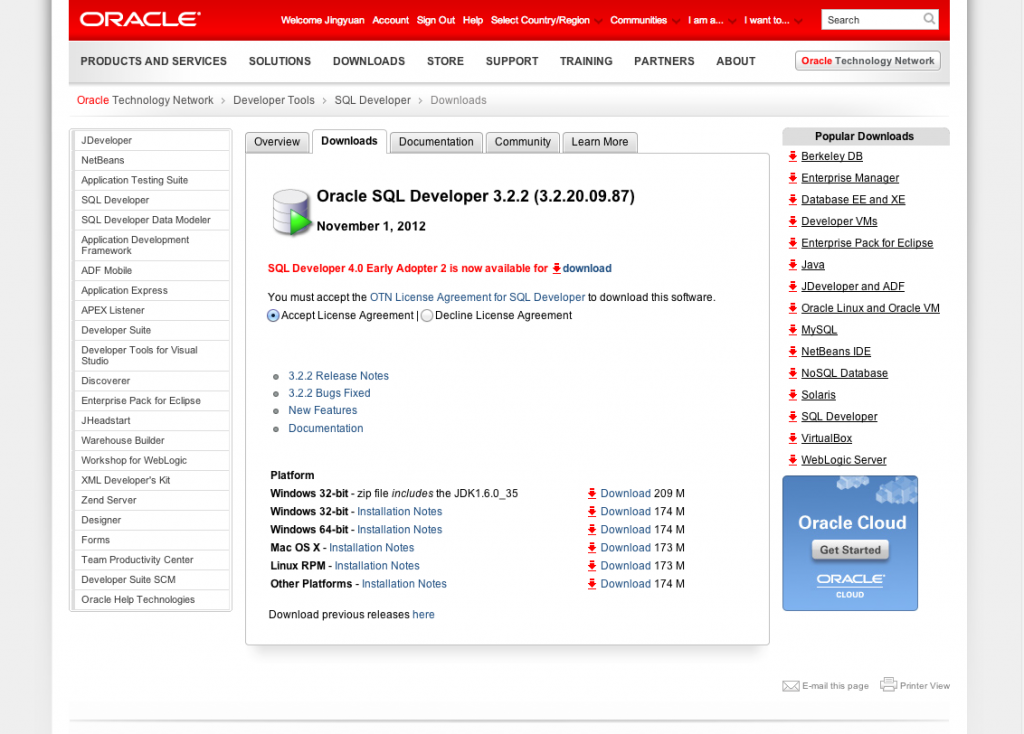

- #MAC OS CLOUD SQL DATABASE INSTALL#
- #MAC OS CLOUD SQL DATABASE PASSWORD#
- #MAC OS CLOUD SQL DATABASE DOWNLOAD#
#MAC OS CLOUD SQL DATABASE INSTALL#
I need to install Cloud SQL Proxy and I follow this documentation:

Thank you for reading through and we continue to appreciate your enormous support that we continue to receive.I've created my first Compute instance with container-optimized OS and following scopes: Cloud SQL Enabled We hope that the information provided will be helpful and any improvements we can make are always welcome. And that is how we will end our guide today. You can do it as follows using “ gcloud” command: gcloud sql users create user \Īfter that, you can now connect to the Auth proxy from your application and it will authenticate against the new user without any qualms. You can also use the IP address wildcard, which would result in ‘ cloudsqlproxy~%‘. To create a user account for Cloud SQL Auth proxy connections, specify the hostname as ‘ cloudsqlproxy~‘.
#MAC OS CLOUD SQL DATABASE PASSWORD#
The advantage of doing this is that you can specify this account without a password without compromising the security of your instance or your data. However, because the Cloud SQL Auth proxy always connects from a hostname that cannot be accessed except by the Cloud SQL Auth proxy, you can create a user account that can be used only by the Cloud SQL Auth proxy. So the Google Cloud Auth SQL Proxy will receive the command and route it all the way to your GCP CloudSQL instance. In this example, we are connecting to port 3307 as we configured our “ rvice” to listen from. An example of connecting to a MySQL instance is as follows via the CLI. You can use any database user account for this purpose. When you connect to your instance using the Cloud SQL Auth proxy, you provide a user account that is used to log in to the instance. This is the part that you smile! Step 4: Connecting to your instance via the Auth Proxy └─9411 /usr/local/bin/cloud_sql_proxy -instances Loaded: loaded (/lib/systemd/system/rvice enabled vendor preset: enabled)Īctive: active (running) since Wed 13:52:01 UTC 21h ago

#MAC OS CLOUD SQL DATABASE DOWNLOAD#
To begin the installation process, we will first download the Cloud SQL Auth proxy: cd ~


 0 kommentar(er)
0 kommentar(er)
